4- Legal and Ethical Considerations
Nude modeling operates within specific legal and ethical frameworks that are crucial to understand for your protection and professional integrity. This section delves into essential topics such as contracts, model releases, image rights, usage permissions, age requirements, and the importance of clear consent. Knowing your rights and the ethical expectations on both sides is paramount to ensuring safe, fair, and respectful working relationships.
Understanding Model Releases and Contracts
When it comes to nude modeling, understanding model releases and contracts is non-negotiable. These legal documents are what protect both you and the photographer, making sure that everything is clear regarding how your images will be used and ensuring your rights are respected.
A model release is a legal agreement where you give the photographer permission to use the photos. It typically covers commercial use, meaning your images can be used in advertisements, magazines, websites, and galleries. If there’s no release, the photographer cannot legally use your photos beyond the initial project. It’s crucial to know what you’re agreeing to, especially when it comes to compensation, the intended use, and distribution rights.
A well-drafted model release should clearly state:
- How your images will be used (e.g., in ads, exhibitions, or online).
- Payment terms, including any agreed-upon fees.
Restrictions on how your images can be used, ensuring you’re comfortable with all possible outcomes. - Copyright ownership, specifying whether you retain rights or if the photographer owns the work.
It’s easy to think of these documents as just formalities, but they serve as a safeguard for both parties. Always read through contracts carefully. If you don’t fully understand something, ask for clarification. Photographers should be willing to explain the terms. And don’t hesitate to walk away from a situation where you feel uncomfortable with the agreement.
Ethically, this is about creating a trust-based partnership with the photographer. It’s your right to set boundaries—physically and professionally—and ensure the terms are mutually agreed upon before the shoot begins. A reputable photographer will value your input and prioritize respectful collaboration.
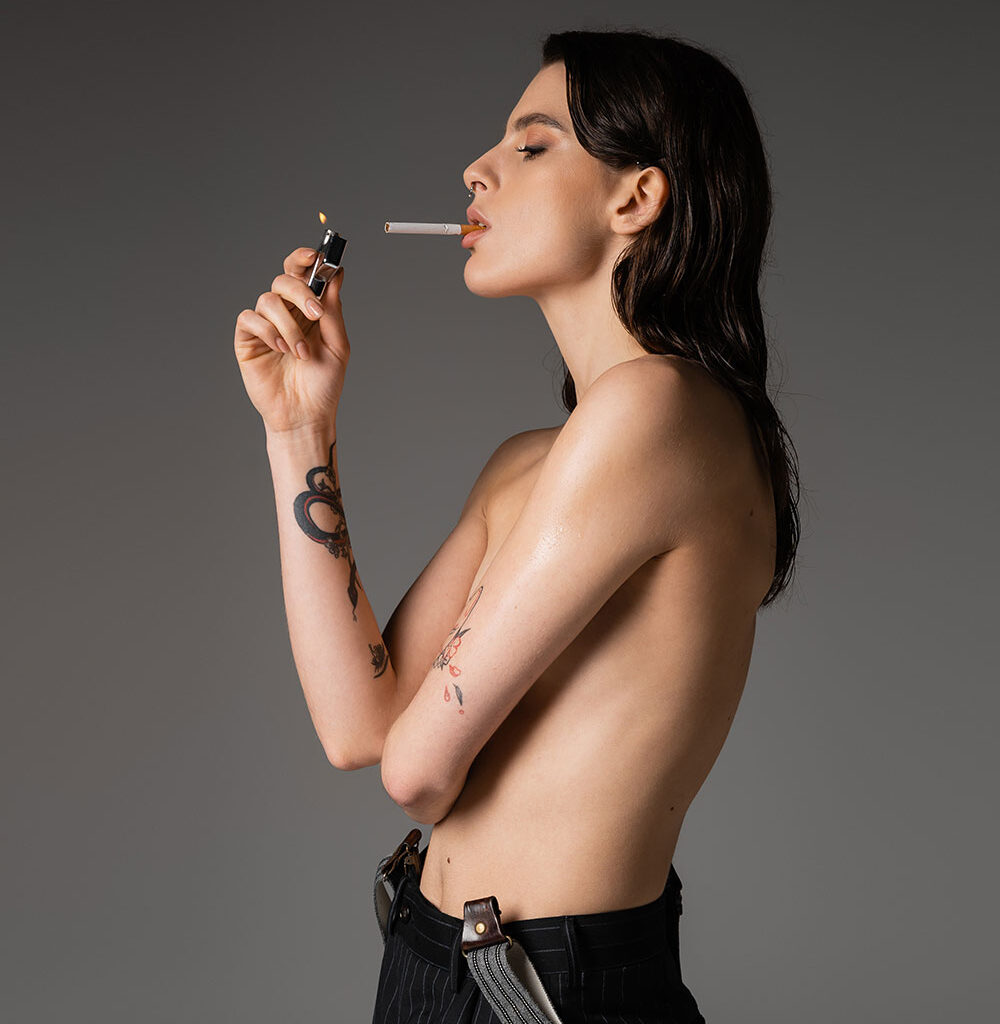
Your Rights as a Nude Model, Privacy, Consent, and Usage of Images
As a nude model, your rights are the foundation of your work. It’s not just about stepping in front of a camera; it’s about ensuring that your privacy, consent, and the usage of your images are always respected. In the creative world, where your body becomes part of an artistic process, understanding these rights is essential.
a. Privacy is Power
First, let’s talk about privacy. When you model, particularly nude modeling, you’re giving access to your physical form—but that doesn’t mean you’re giving away your entire self. Your body is still yours—and that’s where privacy comes into play. You get to decide who sees what, how it’s seen, and when it’s seen. The right to privacy means no one can expose or share images of you without your permission, especially if they go beyond the agreed-upon usage in the contract.
Photographers might want to show off their work in their portfolios or online, but unless it’s explicitly written into the model release, they don’t have the right to post images of you wherever they want. Your image should never be used in a public or commercial context without your consent. You have the right to control how your body is represented and how far that representation goes.
b. Consent is Non-Negotiable
Next is consent—the golden rule in modeling, especially nude modeling. Consent isn’t a one-time agreement; it’s an ongoing, fluid process. When you agree to model nude, you’re consenting to specific uses of your image. If the photographer wants to use your shots for something else later—like adding them to a magazine or using them in a book—they need to ask for explicit consent again. And that consent should be clearly outlined in your model release.
Consent also means having the autonomy to say no—whether it’s about a pose, the use of your body in a particular shot, or even the location of the shoot. The creative vision of the photographer is important, but your comfort and autonomy come first. Always remember: you are the one who has the power to decide how your body is used in an artistic or commercial context.
It’s important to set boundaries ahead of time—be it about how you’ll be posed or what types of content you’re comfortable being involved in. If anything feels off during the shoot, it’s within your rights to halt the process and reevaluate the situation. Good photographers will respect that and work with you to create a safe, positive environment.
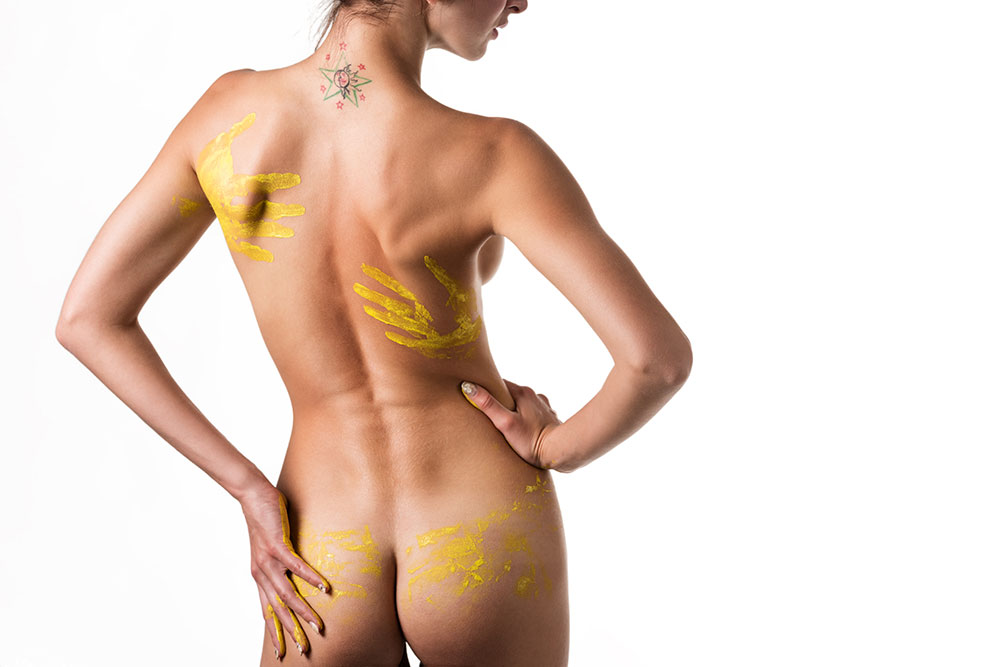
c. Usage of Images, Understanding How and Where They Are Shared
Now, the usage of images is where things get particularly important—and tricky. It’s not just about posing in front of the camera; it’s about ensuring your image rights are fully respected after the shoot is over. Once the images are taken, you need to know exactly what’s going to happen to them. Will they be displayed in a gallery? Used for commercial purposes? Or maybe for a social media campaign?
This is where the model release comes in handy. It clearly outlines what the photographer is allowed to do with the images. For example, some contracts specify that the photographer can only use the images for their portfolio, while others may allow for more broad usage, such as being sold to stock photo sites or used for advertising.
It’s essential to ask about image usage before agreeing to any shoot. Even if a photographer offers to only use the shots in a personal portfolio, don’t assume the rights stop there. Some photographers will add fine print that could mean your photos end up in places you’re not comfortable with.
You have every right to review and approve any images before they’re used or published. If you’re unsure about where your image might appear, it’s important to clarify these details upfront, especially for commercial purposes. If the photographer or artist has plans for something you didn’t agree to, you’re well within your rights to revoke permission.
d. The Bottom Line
As a nude model, your rights are more than just words on a piece of paper—they’re your protection, your empowerment, and your voice in a world that often sees nudity and art as a complex, blurry space. The right to privacy, ongoing consent, and control over how your image is used are non-negotiable aspects of modeling, particularly in the nude art scene.
In every shoot, you hold the power to say yes or no—and to redefine what your image means in the context of art. By understanding these rights and advocating for yourself, you create an environment where you feel respected, valued, and in full control of your artistic representation.
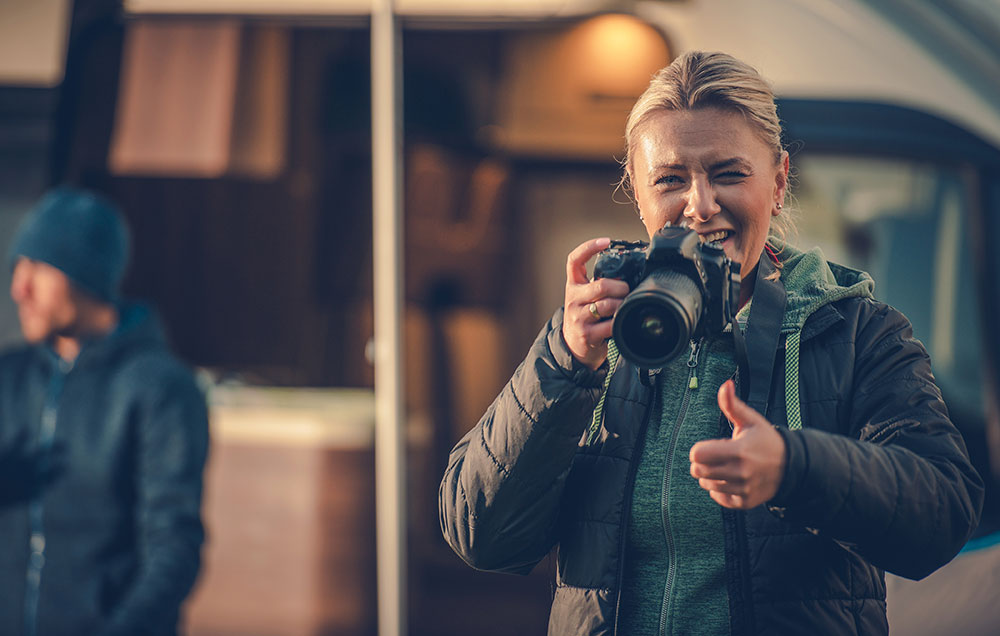
Setting Clear Boundaries With Photographers and Clients
In nude modeling, setting boundaries is essential to ensure your comfort, safety, and respect throughout the process. It’s about defining your limits before the shoot, so there are no misunderstandings later.
Start by having a clear conversation with the photographer or client about what you’re comfortable with. Discuss things like the type of nudity involved, physical boundaries, and how the images will be used. Be open about what you’re okay with and what you’re not. This ensures everyone is on the same page from the start.
Don’t be afraid to be firm about your limits. If anything feels off during the shoot, speak up. A professional photographer will respect your boundaries and adjust accordingly. It’s also a good idea to have these boundaries written into the contract to avoid any confusion.
How to Protect Yourself From Exploitation and Inappropriate Requests
When diving into nude modeling, it’s crucial to arm yourself with the knowledge of how to protect your boundaries and safeguard your well-being. Unfortunately, like in many creative fields, there are always risks of exploitation or inappropriate requests. Understanding how to navigate these challenges is key to maintaining a safe and positive experience in the industry.
The first step is working with reputable professionals. Whether it’s a photographer, artist, or client, always do your homework. Look at their past work, read up on reviews, and get a feel for their professionalism. If something doesn’t sit right—if the photographer’s portfolio seems off or their communication is unclear—trust your instincts and walk away. There’s no harm in saying no to a situation that feels wrong.
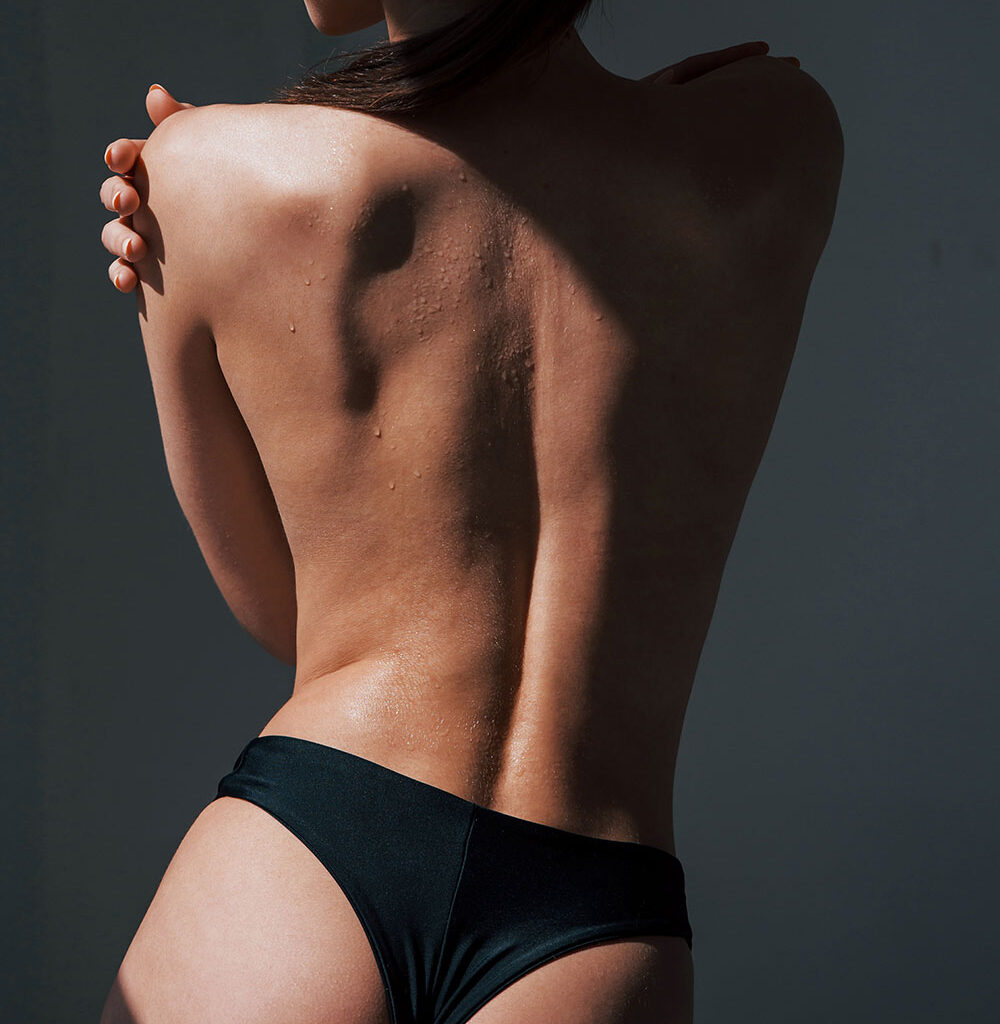
Next, set clear boundaries from the outset. Don’t leave room for ambiguity. Let the photographer or client know exactly what you’re comfortable with, from types of nudity to physical contact and posing requests. Make sure to be specific about what’s acceptable. For example, if you’re comfortable with implied nudity but not full nudity, make that clear. If you don’t want to be touched or adjusted during the shoot, say so before anything happens.
One of the most important rules in modeling—especially nude modeling—is to never feel pressured into doing anything. If you’re ever asked to do something that feels uncomfortable or goes against your boundaries, don’t hesitate to stop the shoot or walk away. Your comfort and safety should always come first, no matter what. In the rare case that a photographer or client pushes back on your boundaries, you’re dealing with someone unprofessional, and it’s better to walk away than risk an uncomfortable situation.
And above all, get everything in writing. Make sure you have a signed model release and contract before the shoot begins. This contract should outline not only the logistics of the shoot, but also how your images will be used, what type of nudity will be involved, and what compensation you’ll receive. If anything changes or if you feel uncertain about any part of the contract, address it before the shoot happens. A clear, signed agreement protects both you and the photographer and ensures there’s no confusion about terms down the line.
Remember, modeling—especially nude modeling—is about trust and mutual respect. Establishing those clear boundaries from the start sets the tone for a safe, professional relationship, ensuring that you always feel empowered and protected in your work.
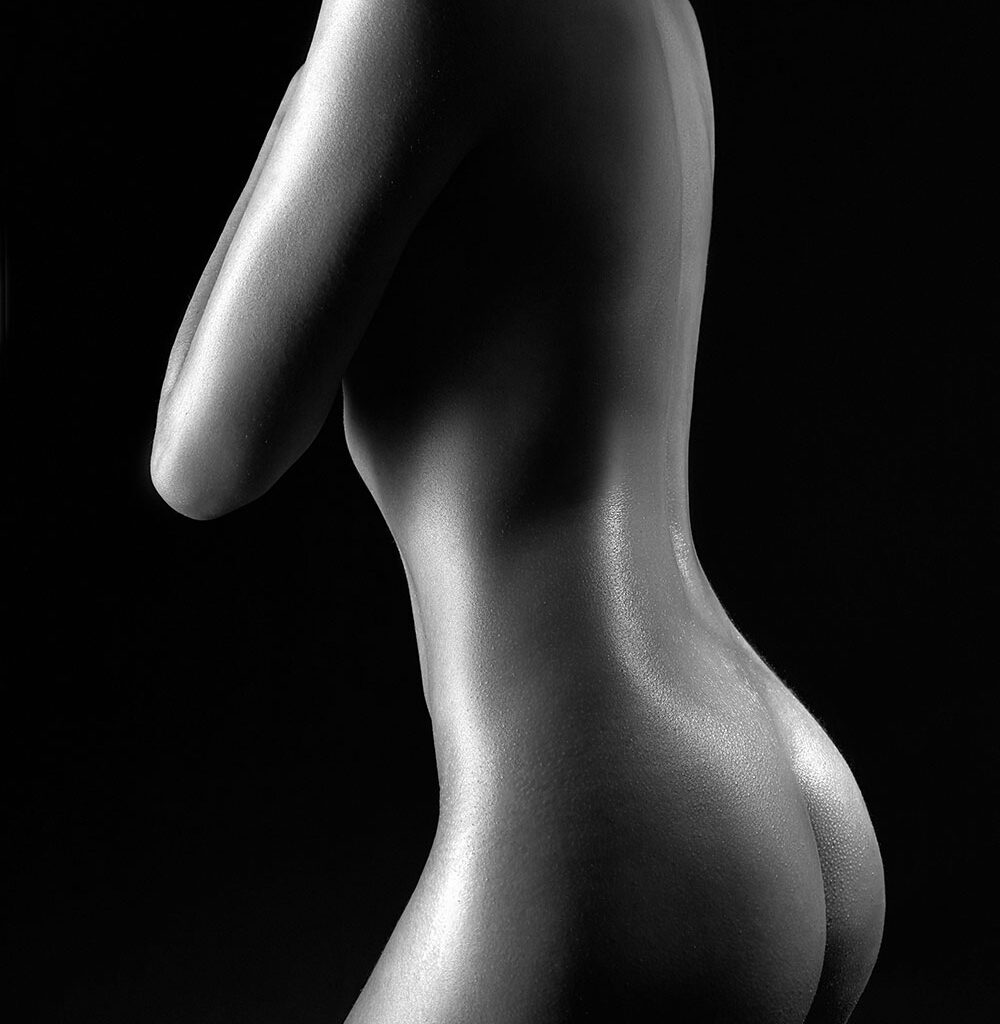
Navigating Copyright and Image Ownership
When it comes to copyright and image ownership, there’s a lot more at play than just the photos themselves. Understanding your rights and the use of your images is key to staying in control of how your work is represented and distributed.
In most cases, the photographer or artist retains the copyright to the images once the shoot is over. This means they own the legal rights to the photographs and can decide how and where the images are used, whether that’s in a portfolio, exhibition, or commercial context. However, this doesn’t mean you have no say in how your body is represented. You can negotiate the terms of use beforehand and have them outlined in your contract.
When discussing image usage, make sure to ask for clarification before the shoot begins. If you’re comfortable with the images being used in a portfolio, but not for advertising or commercial use, that needs to be specified. A good model release will clearly define where the photographer can and cannot use your images. If they plan to use your images for advertisements, or if they want to sell them to stock photo sites, it’s important that you’re compensated fairly for that usage.
Don’t assume anything when it comes to image ownership. If you’re planning on using the photos in your portfolio or on social media, make sure those terms are agreed upon upfront. Some photographers will only grant you limited rights to the images, meaning you might need to ask for permission to post them online. It’s always better to be clear from the start to avoid any future misunderstandings.
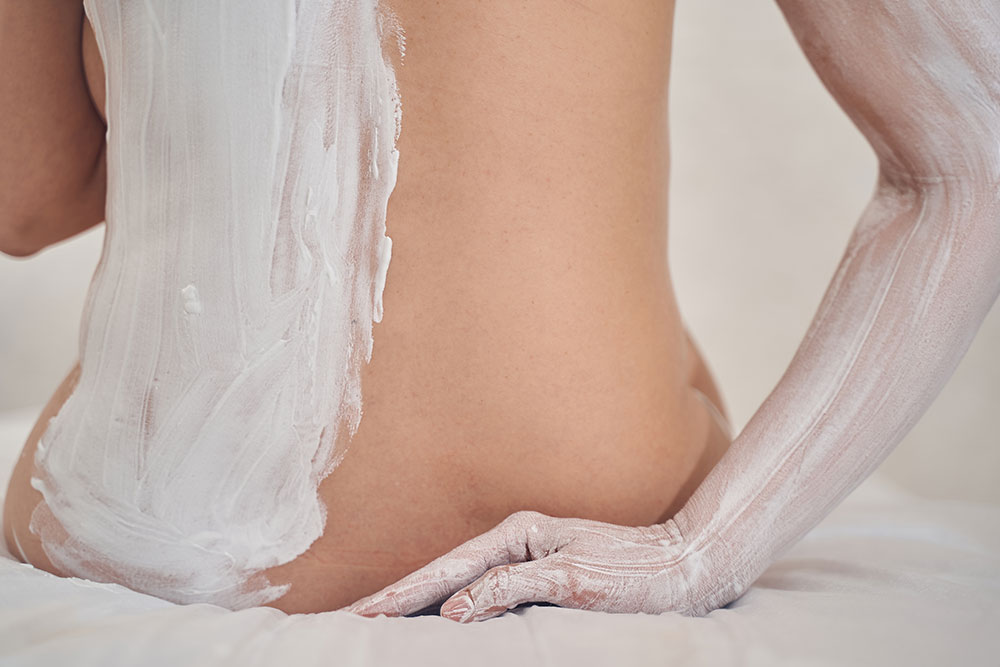
When it comes to protecting your work, consider watermarking your images or using a platform that tracks image usage across the web. This way, if your images are being used without your consent or without compensation, you have an easier time identifying the misuse and taking action. In some cases, you may need to send a takedown request to get unauthorized images removed, or even pursue legal action if things escalate.
Having a model release in place ensures that both you and the photographer understand the full scope of how the images will be used and who holds the rights. Without that clarity, you leave yourself vulnerable to having your images exploited in ways you never intended.
The bottom line is that understanding image ownership and copyright puts you in control. Whether it’s negotiating terms before the shoot or protecting your rights after the shoot is over, you have the ability to ensure your image remains something you can stand behind. Know your rights, speak up, and always ensure that you are in agreement with how your body and your art will be used. It’s all about taking ownership of your creative work and making sure you’re compensated and represented fairly.
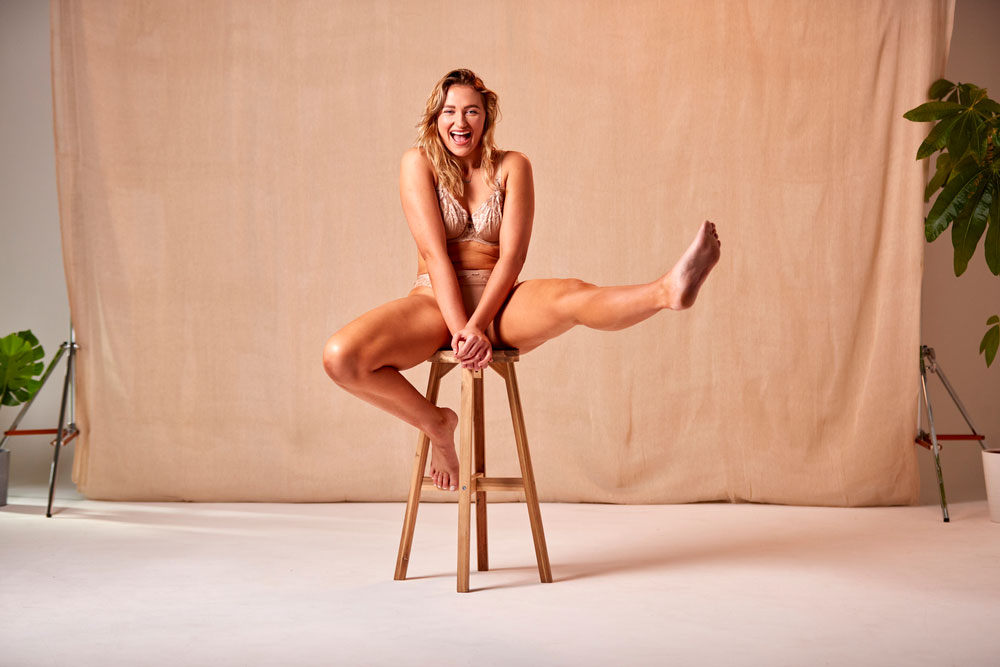
5- Preparing for a Nude Modeling Shoot
Preparing for a Nude Modeling Shoot
Preparation for a nude modeling shoot involves more than just showing up; it’s a holistic process encompassing physical care, mental readiness, and logistical planning. This section outlines the key steps to take in the days and hours leading up to a session. From communicating final details with the client and preparing your body appropriately, to packing essential comfort items and cultivating the right mindset, proper preparation ensures the shoot runs smoothly, professionally, and safely.
How to Physically and Mentally Prepare
Always making sure you feel confident and comfortable in your own skin, both physically and mentally. The more at ease you are, the better the photos will turn out, and the more you’ll enjoy the experience.
a. Physically:
Start with the basics: get a good night’s sleep before the shoot. Being well-rested will help you feel energized and present during the shoot, keeping you alert and in control of your poses. Make sure to drink plenty of water too—hydrated skin looks fresher and healthier, which is especially important when you’re in front of a camera.
If you’re feeling tight or tense, try doing some gentle stretches or yoga. It doesn’t have to be a long workout—just a few minutes to loosen up and relax your muscles. When your body feels flexible and loose, you’ll be able to hold those poses with ease and comfort, making the shoot smoother and less stressful.
As for grooming, keep it simple and do what makes you feel comfortable. Some models prefer to keep things natural, while others might opt for a little extra grooming. It’s all about what makes you feel confident and comfortable in your body. And when you’re confident, it shows in the photos.
b. Mentally:
Mental preparation is just as important as physical. Take a few moments before the shoot to clear your mind and relax. This could be a quick meditation, deep breathing, or even just some quiet time to settle into the moment. When you feel calm and centered, you’re going to feel more present and grounded during the shoot, which helps you stay confident in front of the camera.
It’s also helpful to know what you want to achieve with the shoot. Setting an intention—whether it’s creating stunning artwork or just enjoying the creative process—will help you stay focused and relaxed. If you have a clear sense of why you’re there, you’ll feel more in control and less likely to get distracted or overwhelmed.
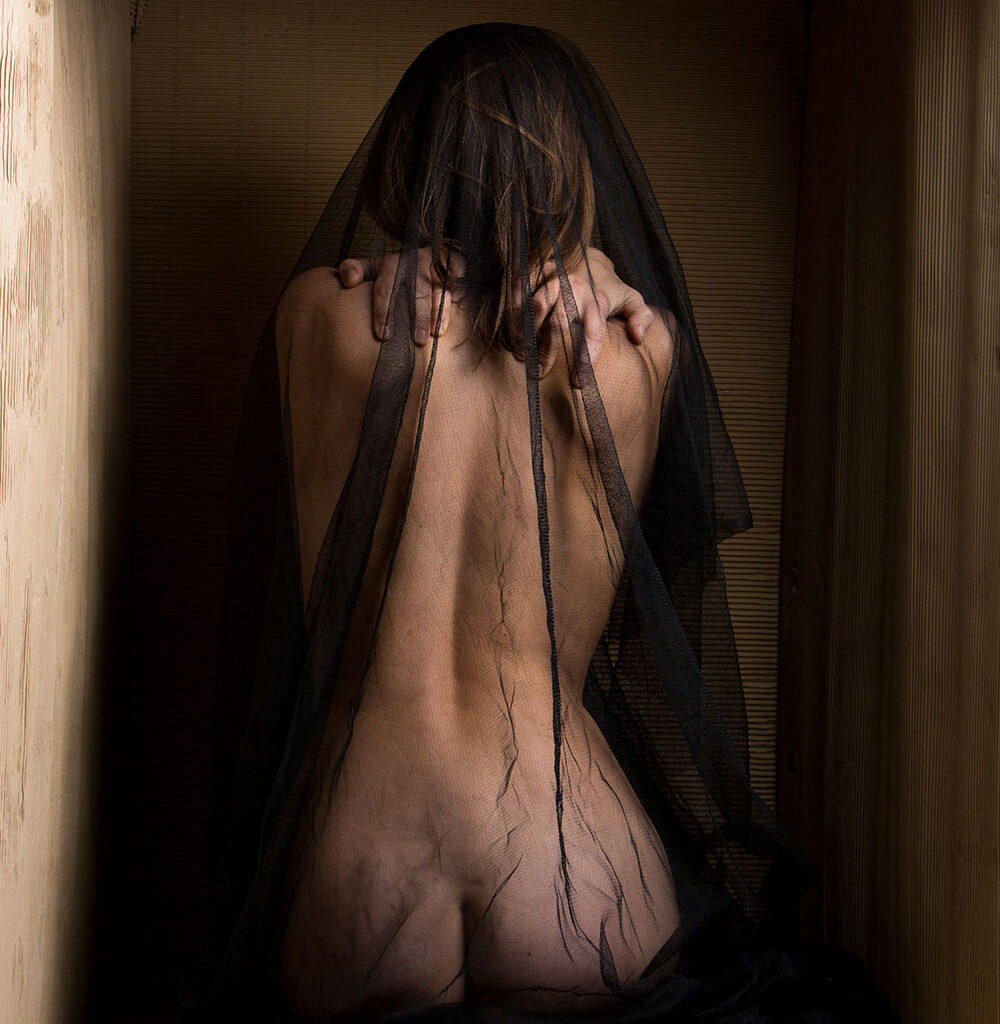
And don’t forget to remind yourself that your body is art. Nude modeling is about embracing yourself, celebrating your body, and feeling good in it. Try not to compare yourself to any unrealistic standard. Instead, focus on being authentic, letting go of any insecurities, and trusting the photographer’s vision. Confidence is contagious—it’ll make the shoot feel natural and enjoyable.
Finally, take a moment to talk to the photographer before the shoot starts. Have a conversation about the shoot’s concept, what kind of poses they’re envisioning, and any boundaries you may have. This ensures you’re both on the same page and helps you feel more at ease when it’s time to start.
Grooming Tips: Skincare, Hair, and Hygiene
Whether you prefer a polished look or a more natural vibe, a little prep can help you feel confident and comfortable in front of the camera.
a. Skincare, Keep It Simple
Your skin is going to be on full display, so taking care of it beforehand is a good idea. But this isn’t the time to try some fancy new skincare routine—stick to what works for you. The last thing you want is irritation or unexpected breakouts before your shoot.
- Hydration is key—drink plenty of water in the days leading up to the shoot to keep your skin looking fresh.
- Moisturize—especially if you have dry skin. A well-moisturized body looks smooth and glowing under studio lights.
- Exfoliate (gently!)—removing dead skin can help your skin look more even, but don’t overdo it or you might end up with redness.
- Avoid heavy tanning or new treatments right before the shoot—uneven skin tones or reactions can be hard to edit out.
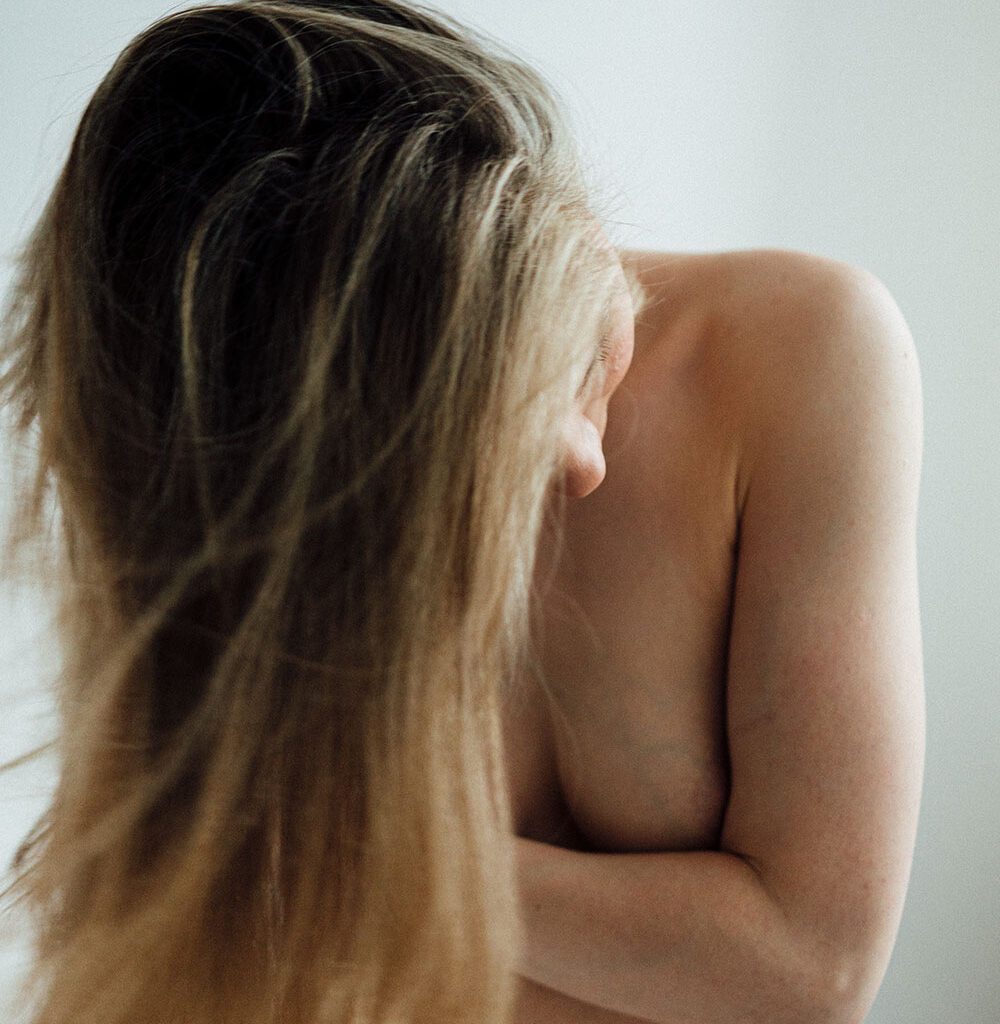
b. Hair, Your Choice, Your Comfort
Hair—on your head, body, or anywhere else—is completely up to you. Some people prefer a clean-shaven look, while others rock their natural body hair. There’s no right or wrong here—just go with whatever makes you feel most comfortable.
- If you shave or wax, do it at least a day before to avoid redness or irritation.
- If you’re keeping your body hair natural, that’s great too—just make sure it’s neat if that’s important to the look you’re going for.
- For head hair, a little light styling (or just making sure it’s clean and presentable) can go a long way. Messy, effortless looks work too—whatever fits the shoot.
Hygiene: The Basics Matter
his should go without saying, but good hygiene makes a difference—for you and everyone else involved in the shoot.
- Shower before the shoot—feeling fresh automatically boosts confidence.
- Deodorant, but go light—strong scents can linger on fabrics or spaces, so opt for a mild one.
- Teeth check—if you’ll be smiling or doing close-ups, a quick brush beforehand doesn’t hurt.
- Hands & Feet—often overlooked, but they’ll be visible too. Trimmed nails and clean feet can make a difference.
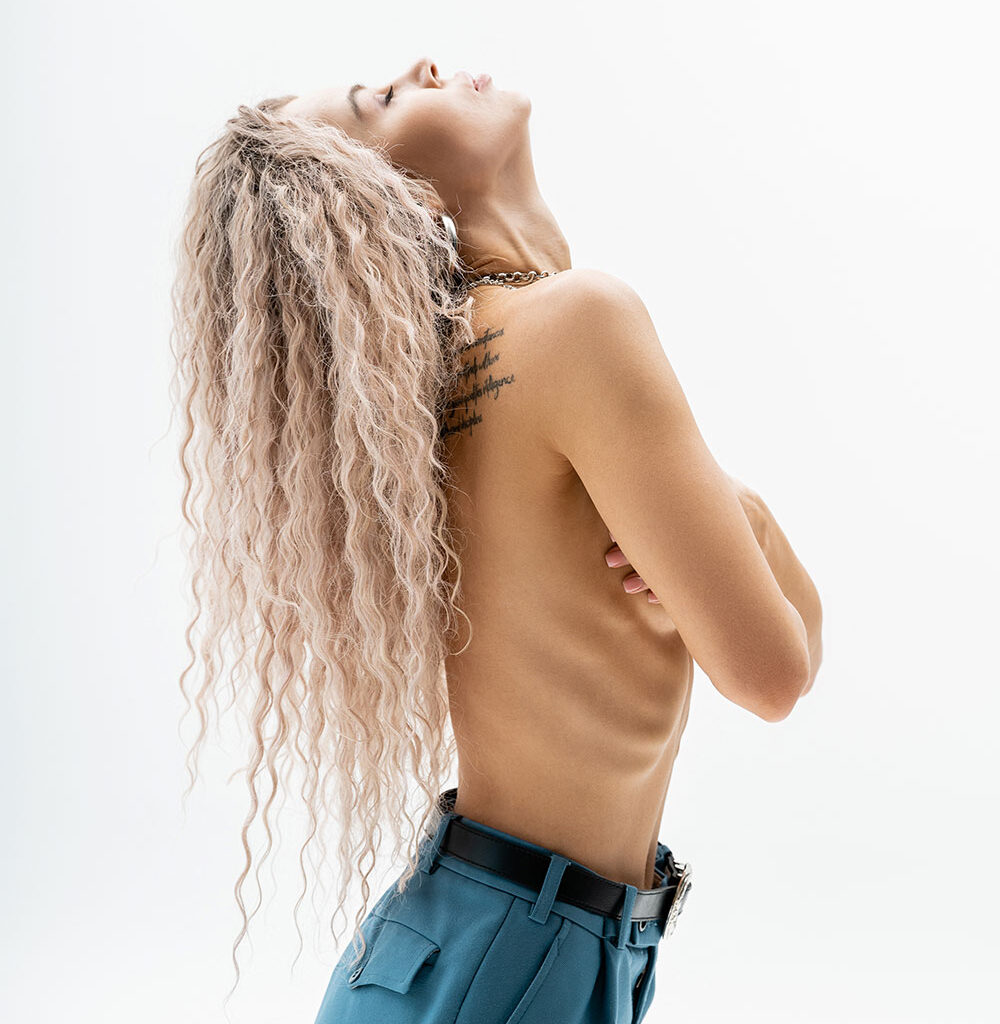
Choosing Poses That Flatter Your Body Type
Everybody is different, and the right pose isn’t about making yourself look like someone else. It’s about working with what you have, highlighting your best features, and feeling at ease in your own skin.
One of the first things to consider is your angles and posture. Ever noticed how a simple shift in weight or the tilt of your chin can completely change how you look in a photo? That’s because angles define how light and shadow interact with your body. A slight arch in your back can emphasize curves, while elongating your neck and rolling your shoulders back can create a sense of openness and confidence. Standing poses can feel powerful and sculptural, while reclining positions often soften the body’s lines, giving a more fluid, relaxed look.
Experimentation is key. Some poses will look incredible on you, while others might feel awkward—and if a pose feels awkward, it usually looks that way too. The best way to figure out what works is to practice. Move slowly, try shifting your weight from one side to the other, play with where you place your arms and hands. Notice how small adjustments can create a completely different feel. If you’re going for a strong, statuesque look, keeping your limbs extended and your posture upright can create striking results. If you want something more intimate and vulnerable, soft bends and relaxed hands can bring a sense of quiet emotion to the image.
Hand placement is another detail that can transform a pose. If your hands feel stiff or out of place, the whole image can feel unnatural. Let them rest in ways that make sense—gently touching your face, draping over your knee, or lightly resting on your hip. The key is to keep them from looking forced or tense. Similarly, the position of your feet and legs matters more than you might think. A slight bend in the knee, crossing your ankles, or shifting your weight to one side can all make an image feel more natural and balanced.
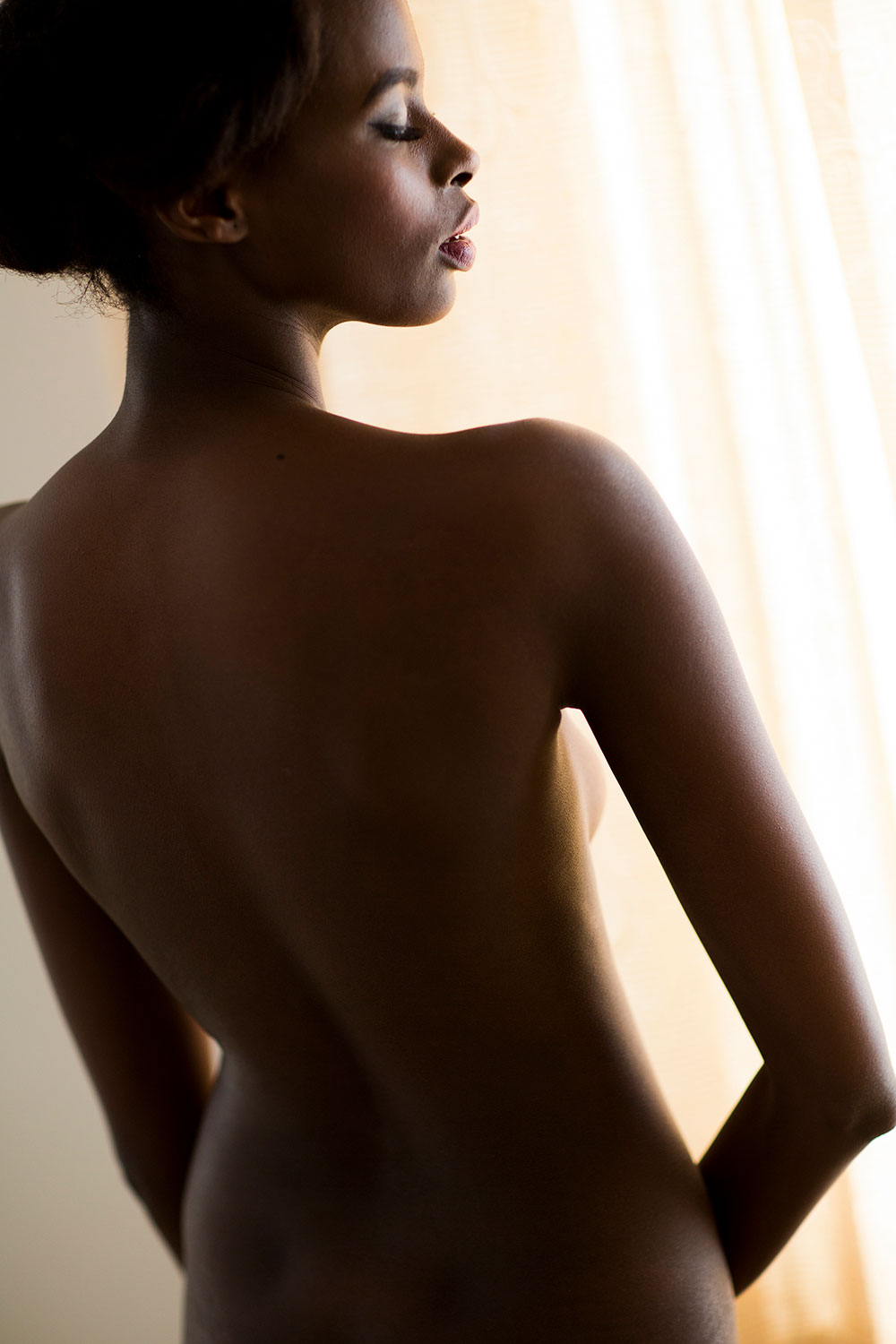
Understanding Lighting and How It Affects Your Appearance
Lighting is one of the most powerful forces in nude modeling. It doesn’t just illuminate—it sculpts, enhances, and defines. The same body can look completely different depending on how the light falls on it, which is why understanding lighting isn’t just a skill for photographers. As a model, knowing how different types of lighting affect your appearance can help you work with the light, rather than being at its mercy.Soft, diffused light—like the kind you get on an overcast day or from a large window—tends to be forgiving. It smooths the skin, reduces harsh shadows, and creates a gentle, natural glow. This kind of lighting works beautifully for artistic nude shoots that focus on softness and subtlety. On the other hand, direct, harsh lighting—like the midday sun or a strong studio spotlight—brings out every contour, every muscle line, and every angle. It can make the body look more dramatic, more defined, sometimes even more intense.Then there’s directional lighting, which plays with highlights and shadows to shape the body. Light from the side enhances curves, creating a three-dimensional effect. Light from above can cast deep shadows, emphasizing bone structure. Backlighting, where the light source is behind you, can create an ethereal glow or a striking silhouette, depending on how it’s used.So how do you work with lighting as a model? Pay attention to how it interacts with your body. If you’re in a studio, take a moment to move slightly and see how the shadows shift. If you’re outdoors, notice how the time of day changes the feel of your skin in photos. Photographers will adjust the lighting, but small tweaks in your pose—angling your face differently, arching your back just a little more, extending a limb—can completely transform how the light plays across your form. A deep awareness of lighting gives you control over your presence in an image, allowing you to create depth, emotion, and impact effortlessly
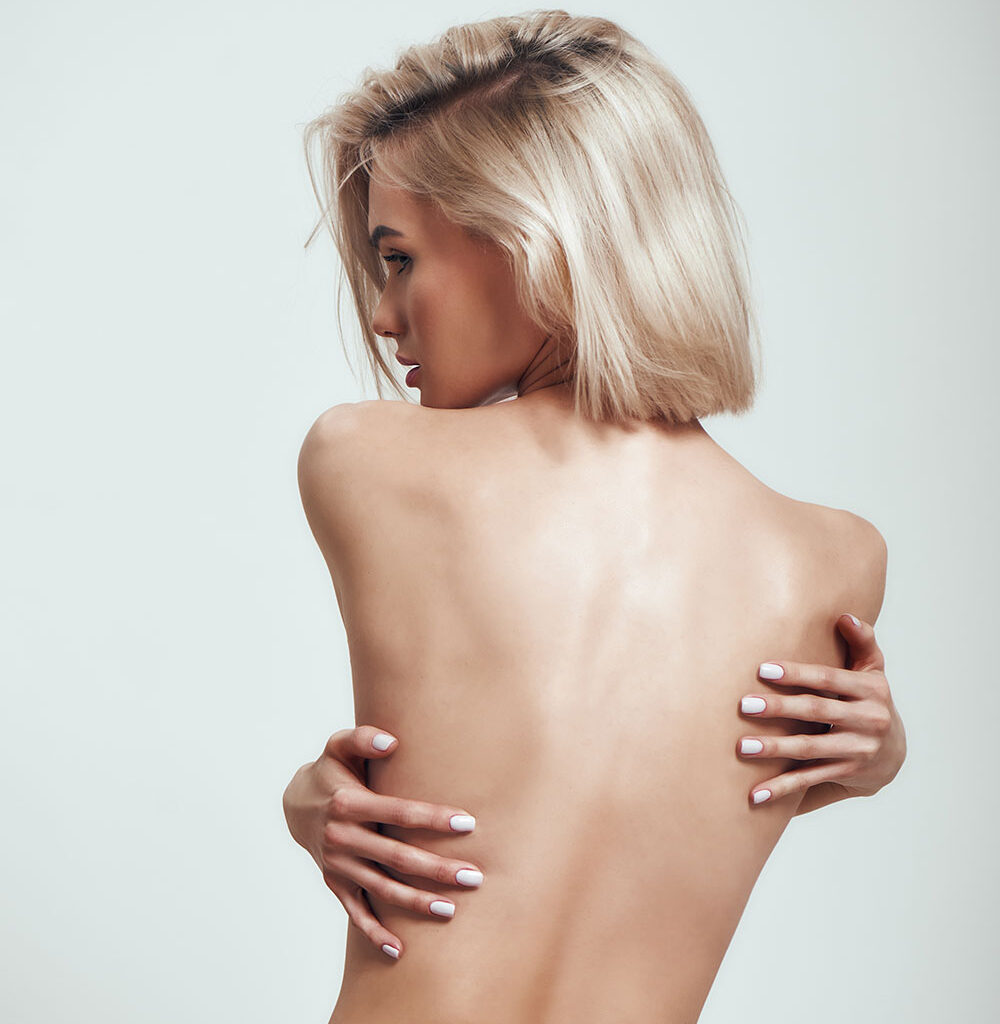
Learning About Body Language and Expression in Nude Modeling
When you strip away clothing, accessories, and distractions, all that’s left is you. Every curve, every posture, every small shift in movement tells a story. That’s why body language is everything.
Confidence is one of the first things people notice in an image. When you hold yourself with certainty—standing tall, relaxing your shoulders, opening up your posture—it reads instantly. A strong stance with extended limbs can create a sense of power, while softer poses with relaxed hands and a gentle curve in the back can evoke intimacy and vulnerability. The way you position your hands, whether they’re delicately placed on your thigh or reaching outward, can completely change the emotion behind a shot.
But here’s the secret: it’s not about faking it. A forced look of confidence comes off as stiff and unnatural. The best nude models tap into real emotions. Instead of thinking, I need to look sensual here, think about a time you felt deeply connected to yourself. If a shot is supposed to feel raw and introspective, take a deep breath, let your hands fall naturally, and feel that emotion rather than trying to perform it.
Expression also plays a major role. Your face carries just as much weight as your body in a photograph. A slightly parted lip, a downward gaze, or even a completely neutral expression can shift the entire mood of an image. The trick is to stay present. If you overthink what your face should be doing, it’ll show. Instead, connect with the moment, breathe into it, and let your expression develop organically.
Movement can also be your best friend. Some of the best poses come from flowing into them naturally rather than holding rigid positions. A slow transition from one posture to another keeps your body engaged and prevents stiffness. It also allows photographers to capture those in-between moments where the body looks effortlessly expressive.
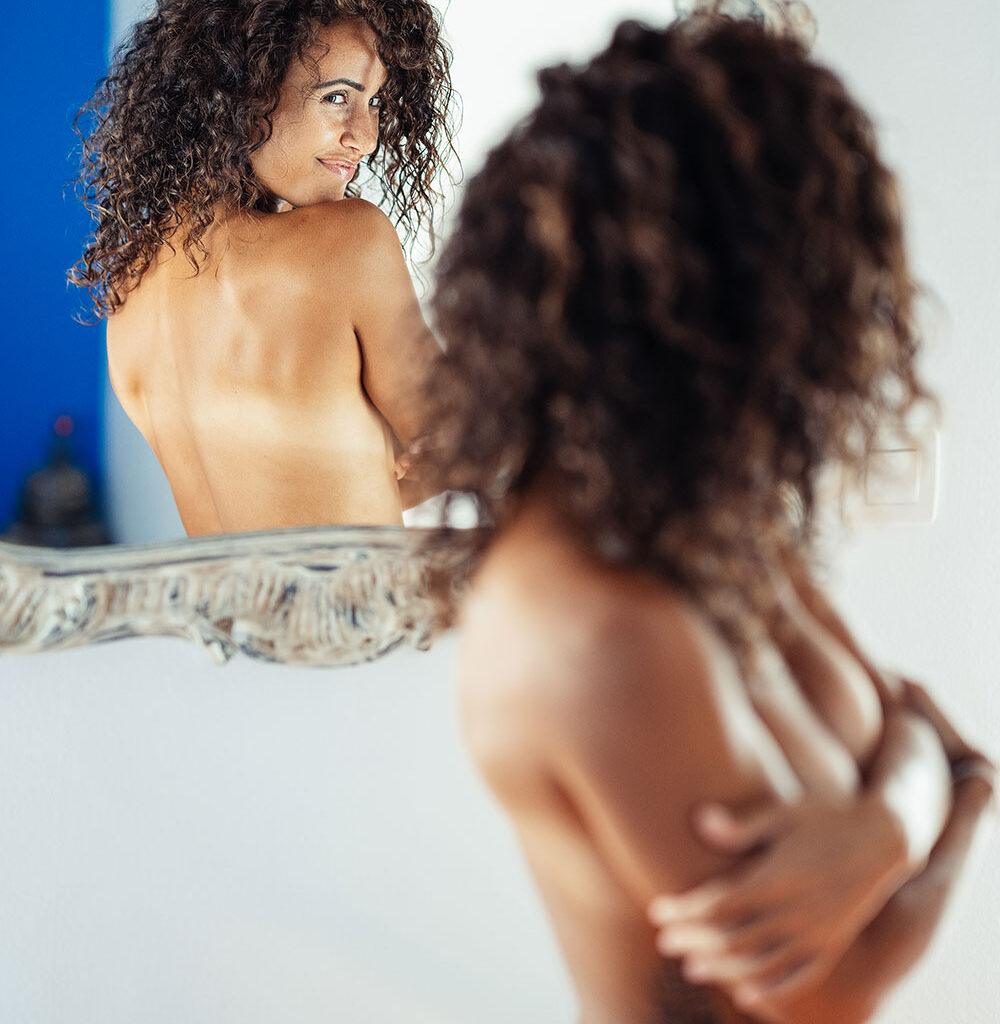
Practicing Poses in Front of a Mirror or with a Coach
Standing naked in front of a mirror, studying yourself in different poses, might sound a little intimidating at first. But trust me—it’s one of the most effective ways to get comfortable with your body and develop your posing skills. The mirror is an honest teacher. It shows you exactly how you look from different angles, how light and shadow interact with your form, and what minor adjustments can enhance your shape.
Start by simply observing yourself without judgment. Shift your weight from one foot to another. Turn slightly and see how it changes the lines of your body. Try arching your back, tilting your head, or stretching out your arms. You’ll start to notice how different postures bring out different aspects of your body—how a small change in stance can make your legs look longer, how a relaxed shoulder can make a pose feel more effortless.
Another great way to practice is by taking test shots. Set up a camera or phone, use a timer, and try a variety of poses. Looking at yourself in motion through photos gives you a better understanding of what works on camera versus what feels good in the moment. Sometimes, a pose that feels amazing doesn’t translate well into a photograph, and vice versa.
If you really want to refine your skills, consider working with a posing coach or an experienced photographer. A good coach can help you identify the small details that take a pose from average to stunning—whether it’s adjusting your hands, finding better balance in your stance, or helping you express emotion more naturally. Photographers with experience in nude work can also guide you on how to interact with lighting and space to create compelling images.
The most important part of practicing is getting comfortable with movement. Posing should never feel stiff or robotic. Instead of treating it as a series of still positions, think of it as a continuous flow—one movement leading into the next. This fluidity keeps your body engaged and helps you avoid looking frozen or unnatural.
Continue Reading
- Everything About Nude Modeling / Part 1
- Everything About Nude Modeling / Part 2
- Everything About Nude Modeling / Part 3
- Everything About Nude Modeling / Part 4
- Everything About Nude Modeling / Part 5
- Everything About Nude Modeling / Part 6
- Everything About Nude Modeling / Part 7
Written By: Anh Nguyen
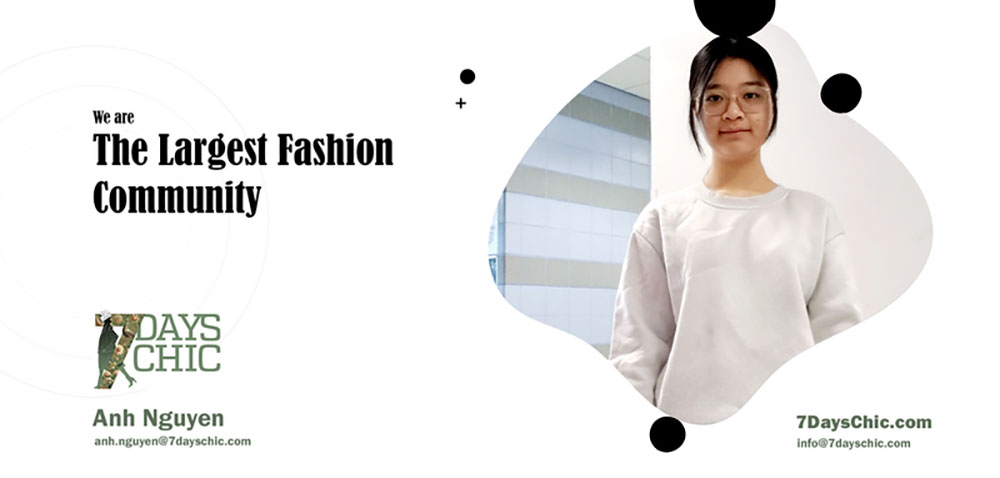


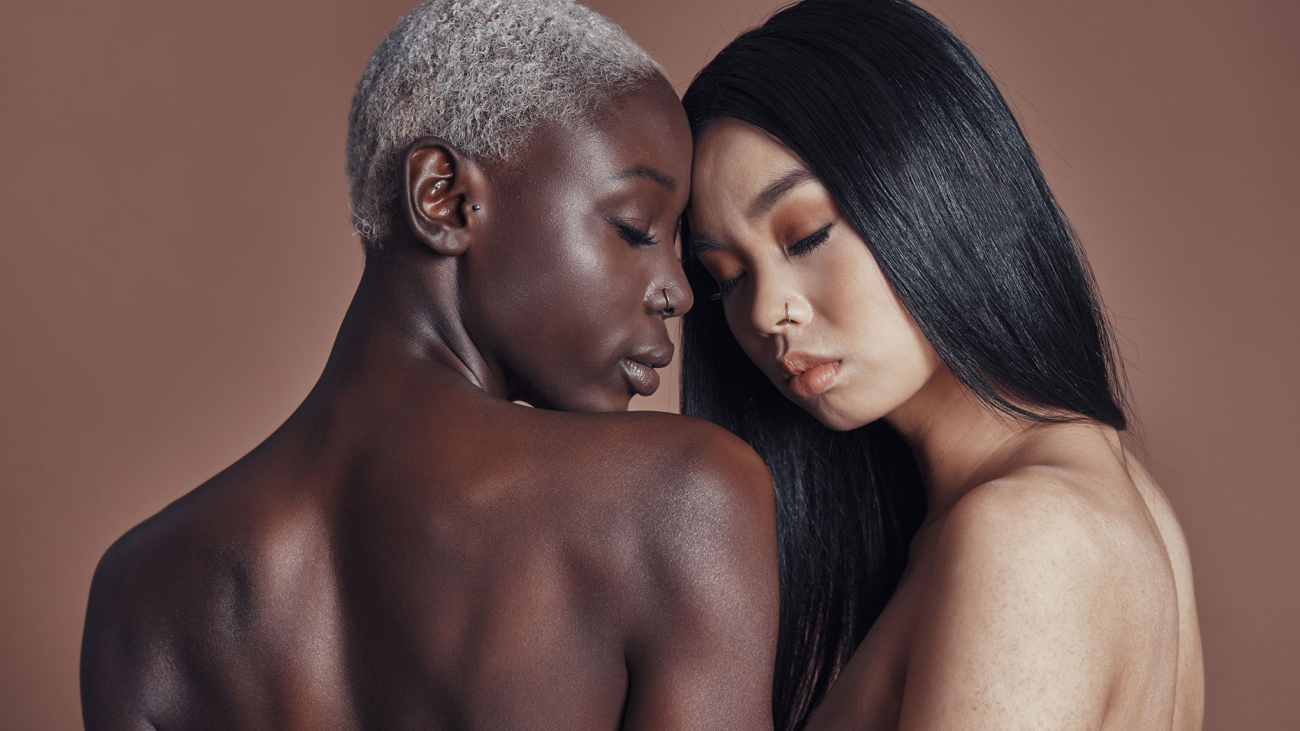
Add a Comment